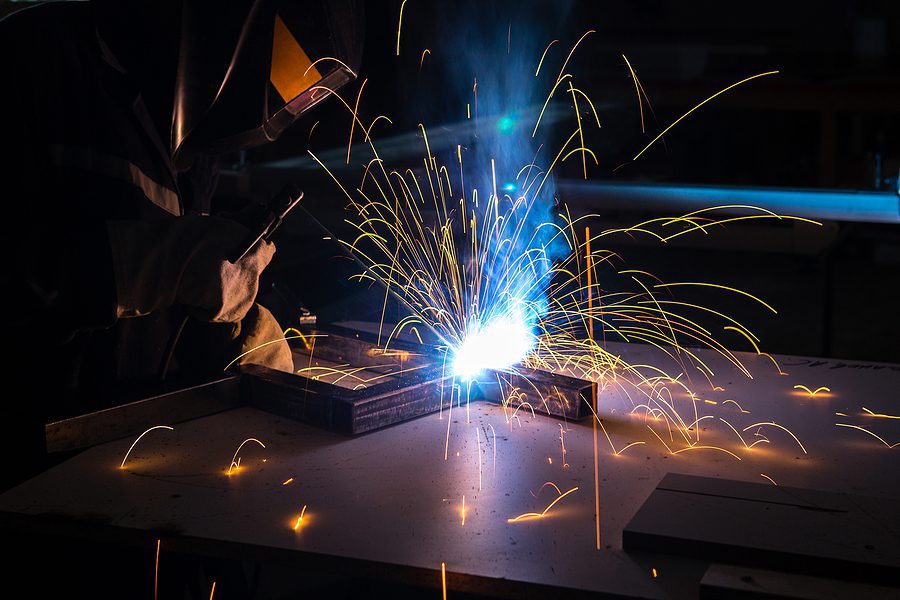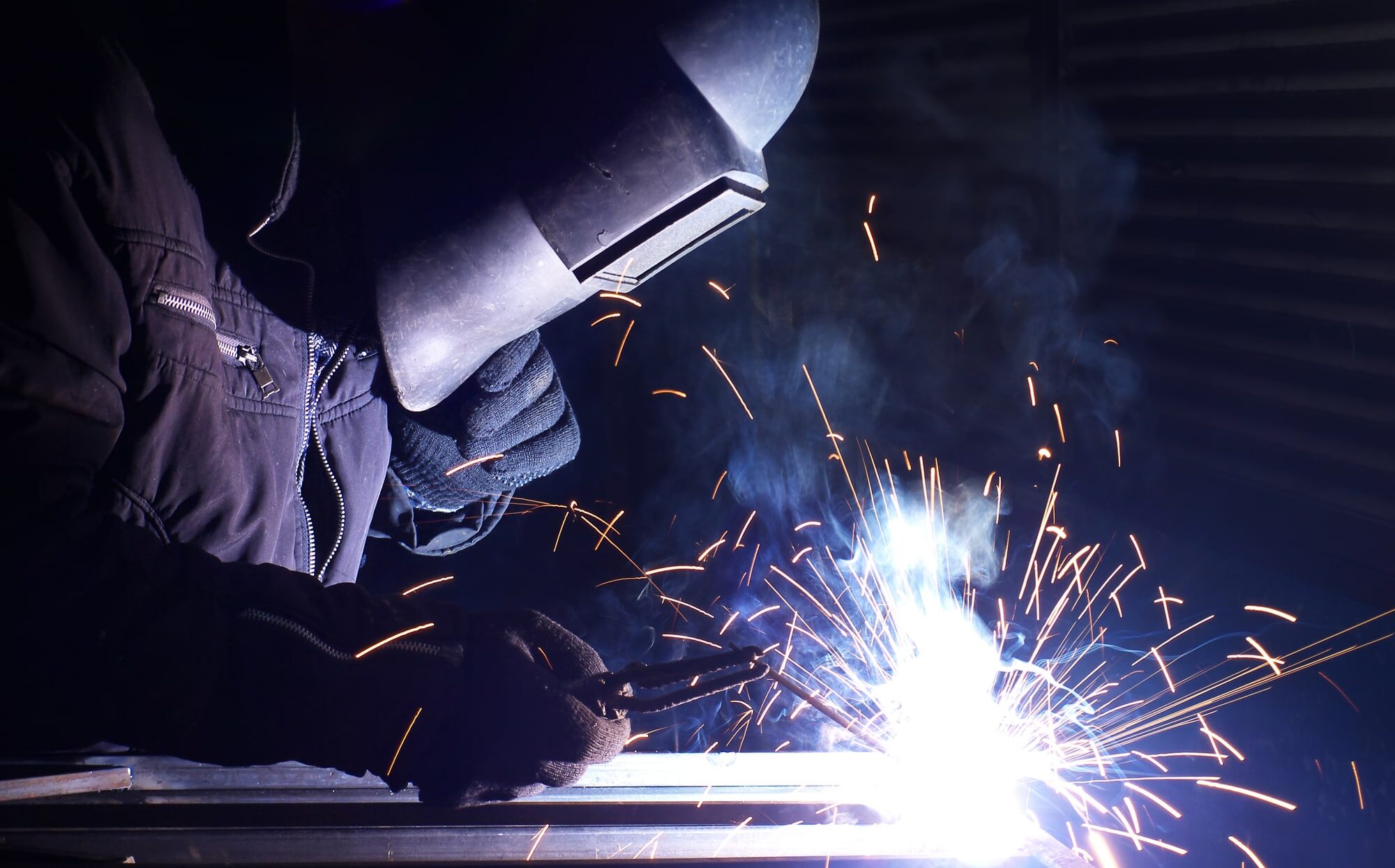Common Welding Repair Work Issues and Exactly How to Address Them Effectively
Welding repairs commonly run into an array of problems that can threaten the stability of the final item. Usual troubles consist of poor penetration, porosity, and misalignment, to name a few. Each problem provides special obstacles that need details techniques for resolution. Understanding these problems is important for welders aiming to enhance their results and abilities. This discussion will explore these usual welding repair work concerns and reliable techniques to address them.
Poor Infiltration
Insufficient penetration occurs when the weld metal falls short to totally fuse with the base product, causing weak joints and prospective architectural failings. This concern frequently comes from inadequate warm input, wrong electrode angle, or improper welding speed. Welders might come across insufficient penetration due to a miscalculation of the needed specifications for a specific product density or kind. Additionally, contamination on the base product's surface can prevent efficient bonding, worsening the problem. To attend to poor infiltration, welders must assure appropriate setups on their tools and preserve a clean work surface area. Routine examination of welds is suggested to identify any type of deficiencies early, enabling timely modifications and the avoidance of compromised structural stability in bonded assemblies.
Porosity
Porosity is a typical problem in bonded joints that materializes as small gas bubbles entraped within the weld metal. This problem can jeopardize the integrity of the weld, resulting in decreased stamina and prospective failure under stress. Montana Mobile Welding and Repair Belgrade. Porosity normally arises from contamination, wetness, or incorrect welding methods, which allow gases to get away right into the molten weld swimming pool. To resolve porosity, welders must ensure correct surface preparation, maintain a tidy working setting, and make use of suitable welding specifications. Furthermore, selecting the best filler product and protecting gas can reduce gas entrapment. Normal evaluation and testing of welds can aid recognize porosity early, ensuring timely rehabilitative activities are taken, consequently protecting the high quality and dependability of the bonded framework
Misalignment
Imbalance in welding can develop from different factors, consisting of inappropriate configuration and thermal growth. Recognizing the origin is vital for efficient resolution. A number of modification methods are readily available to realign components and ensure architectural honesty.
Reasons for Imbalance
Welding misalignment typically comes from a variety of underlying concerns that can compromise architectural honesty. One key reason is inappropriate fit-up of elements prior to welding, which can lead to voids and uneven surfaces. Variations in thermal growth during the welding procedure can also result in distortion, specifically if the materials being joined have different coefficients of growth. In addition, insufficient securing and fixturing may fail to hold parts firmly in position, leading to motion throughout welding. Inadequately conserved devices, including welding devices and tools, might present variances in the weld grain, further adding to misalignment. Operator error, stemming from insufficient training or experience, can likewise play a significant duty in producing misaligned welds.

Correction Strategies Offered
Attending to imbalance successfully calls for a combination of corrective techniques customized to the details issues handy. One common technique is making use of jigs or components to hold components in the appropriate position throughout welding, making certain consistent alignment. Furthermore, preheating the materials can assist decrease distortion and boost fit-up. For significant imbalance, mechanical adjustment strategies, such as using hydraulic jacks or clamps, can be employed to deal with the setting before welding. Post-weld warmth treatment might additionally be needed to ease anxieties triggered by misalignment. Lastly, careful evaluation and modification throughout the configuration phase can stop imbalance problems from ending up being significant problems, promoting a smoother welding process and improving total architectural integrity.
Distortion
Distortion is an usual challenge in welding that can develop from various aspects, including unequal home heating and cooling. Understanding the reasons for distortion is vital for applying reliable avoidance methods. Addressing this concern not just enhances structural stability however likewise enhances the total quality of the weld.
Reasons of Distortion
When subjected to the intense warm of welding, materials often go through changes that can lead to distortion. This phenomenon mostly emerges from thermal development and tightening during the welding process. As the weld area warms up, the product expands; upon air conditioning, it contracts, which can create interior stress and anxieties. Furthermore, unequal home heating throughout a work surface can worsen these tensions, resulting in bending or bending. The kind of product additionally plays a significant role; metals with differing thermal conductivity and coefficients of growth might react in different ways, bring about uncertain distortions. Inadequate joint layout and poor fixturing can add to misalignment during welding, increasing the chance of distortion. Understanding these causes is crucial for effective welding fixing and prevention techniques.
Prevention Techniques
Reliable avoidance techniques for distortion throughout welding concentrate on regulating warmth input and making certain proper joint design. Keeping a consistent warmth input assists to reduce thermal growth and tightening, which can lead to distortion. Utilizing methods such as pre-heating the workpiece can also decrease the temperature level gradient, promoting uniform home heating. Furthermore, choosing appropriate joint designs, such as T-joints or lap joints, can boost security and decrease stress concentrations. Implementing appropriate fixturing to protect the workpieces in area additionally help in maintaining positioning during the welding process. Staggered welding series can distribute warmth extra evenly, protecting against local distortion. By applying these methods, welders can greatly lower the probability of distortion and improve the total top quality of their welds.
Cracking
Splitting is a common problem experienced in welding repairs, commonly arising from various variables such as incorrect cooling rates, material selection, or insufficient joint preparation. The occurrence of fractures can significantly jeopardize the integrity of the weld, resulting in potential failures during operation. To resolve this problem, welders have to initially analyze the root causes, making sure that materials work and properly picked for the specific application. In addition, controlling the cooling rate throughout the welding procedure is essential; rapid cooling can generate tension and bring about splitting. Appropriate joint style and prep work additionally add to minimizing the risk. Applying these techniques can improve weld quality and longevity, eventually lowering the likelihood of splitting in finished weldments.

Insufficient Blend
A significant concern in welding fixings is incomplete blend, which occurs when the weld steel does not appropriately bond with the base material or previous weld passes - Montana Mobile Welding Read More Here and Repair Belgrade Fabrication. This problem can cause weak points in the joint, possibly endangering the stability of the welded framework. Variables adding to incomplete fusion consist of not enough warm input, improper welding strategy, and contamination of the surfaces being signed up with. To address this problem properly, welders ought to ensure correct pre-weld cleansing and surface preparation, along with change their welding specifications to achieve appropriate infiltration and fusion. Routine assessment throughout the welding procedure can additionally assist identify incomplete blend early, enabling for timely rehabilitative actions to boost the overall quality of the weld
Overheating
While welding fixings can improve structural honesty, overheating offers a significant difficulty that can bring about product destruction. Too much heat during welding can alter the mechanical residential or commercial properties of steels, leading to minimized toughness, increased brittleness, and warping. This phenomenon is particularly critical in high-stress applications where architectural integrity is critical. Recognizing getting too hot can involve visual examinations for discoloration or distortion, along with checking temperature during the metal arc welding welding procedure. To minimize the threats connected with getting too hot, welders need to utilize suitable strategies, such as controlling heat input, adjusting traveling rate, and using appropriate filler products. Furthermore, executing pre- and post-weld heat treatments can help recover material residential properties and enhance the total top quality of the repair service, guaranteeing long-lasting performance and safety.
Regularly Asked Concerns
What Are the Usual Signs of a Welding Issue?

Just How Can I Evaluate My Welds for High quality?
To test welds for top quality, one can make use of aesthetic assessments, ultrasonic screening, and radiographic methods. Each technique ensures architectural stability, determines flaws, and validates adherence to defined standards, ultimately boosting the reliability of the welded joints.
What Safety Preventative Measures Should I Take While Welding?
When welding, one must prioritize security by using proper individual safety equipment, guaranteeing correct air flow, securing combustible materials away, keeping a clean workspace, and being aware of surroundings to avoid injuries and mishaps.
Can I Fix a Weld Without Redesigning the Entire Joint?
Fixing a weld without renovating the whole joint is possible, depending on the damages (Montana Mobile Welding and Repair). Strategies such as best welder grinding, including filler product, or using a welding process can efficiently address certain problems while protecting the bordering framework
What Equipment Are Vital for Effective Welding Services?
Essential devices for effective welding repair work consist of a welding machine, wire brush, grinder, protective gear, clamps, and filler products. Each tool plays an important function in making certain quality and safety during the fixing procedure. Porosity typically arises from contamination, moisture, or improper welding strategies, which permit gases to leave into the liquified weld pool. Inadequately conserved equipment, consisting of welding equipments and devices, may introduce incongruities in the weld bead, more contributing to misalignment. When subjected to the extreme warm of welding, materials often undertake adjustments that can lead to distortion. Cracking is an usual concern come across in welding repairs, frequently resulting from numerous factors such as inappropriate air conditioning rates, product selection, or inadequate joint preparation. A significant concern in welding repair work is incomplete combination, which happens when the weld steel does not effectively bond with the base material or previous weld passes.